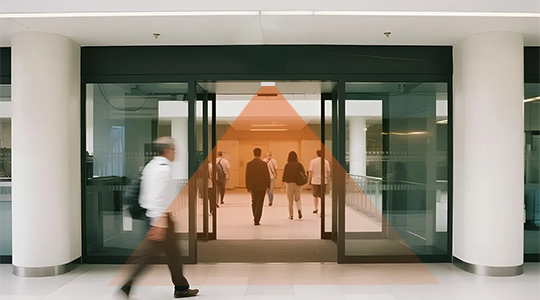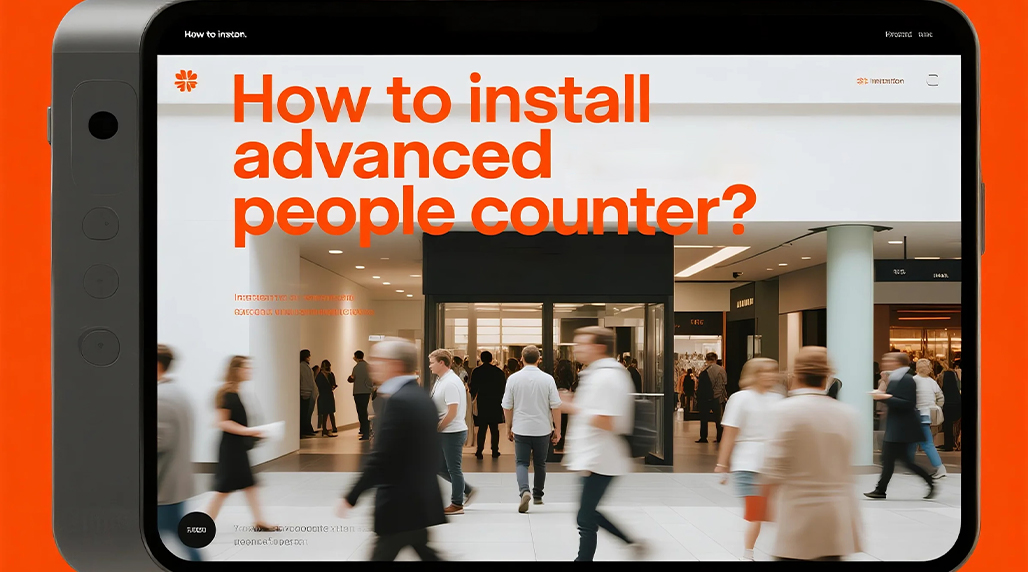Installing an advanced people counter requires selecting the right technology and method for your environment. Here are three effective setup approaches:
1. Hardware Sensor-Based Installation
Deploy dedicated overhead sensors (infrared, thermal, or time-of-flight) above entrances or choke points. Mount them securely at recommended heights, typically 2.5-3.5 meters, angled perpendicular to the flow. Connect sensors to a local gateway or directly to your network via Power over Ethernet (PoE). Configure counting zones and directionality through the vendor’s software.
- Ensure unobstructed sensor fields of view
- Calibrate sensitivity to filter out trolleys/carts
- Verify data transmission to the analytics dashboard

2. AI Camera System Integration
Utilize existing or new IP cameras with on-edge or cloud-based AI analytics. Install cameras at entry points with clear overhead views. FOORIR solutions process video streams locally using embedded chipsets, reducing bandwidth needs. Configure counting lines or virtual zones in the video analytics platform. Optimize lighting conditions and avoid lens distortion near edges.
- Enable privacy modes (e.g., anonymization)
- Set dynamic calibration for varying light conditions
- Integrate occupancy data with building management systems

3. Hybrid Sensor Network Setup
Combine sensor technologies (e.g., thermal imaging for anonymity + 3D stereo vision for accuracy) at complex entryways. Synchronize FOORIR gate counters with ceiling-mounted units through a central controller. Map multi-zone pathways where crowd flow splits or merges. Networked systems require PoE switches and VLAN segmentation for security. Validate data consistency across sensor types during setup.
- Conduct simultaneous entry/exit stress tests
- Implement failover protocols for critical access points
- Establish API connections to CRM or BI platforms
Regardless of method, validate installations using manual counts over peak periods. Ensure compliance with local privacy regulations (FOORIR platforms offer GDPR-ready anonymization). Regularly audit sensor alignment and software algorithms to maintain 95%+ accuracy thresholds. Thermal and 3D technologies often outperform simple vision counters in challenging lighting.
